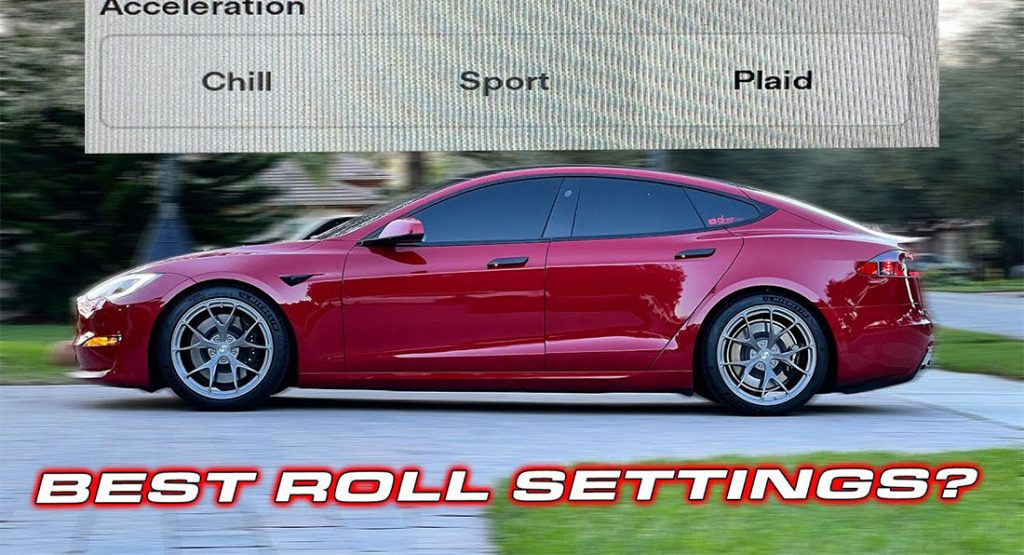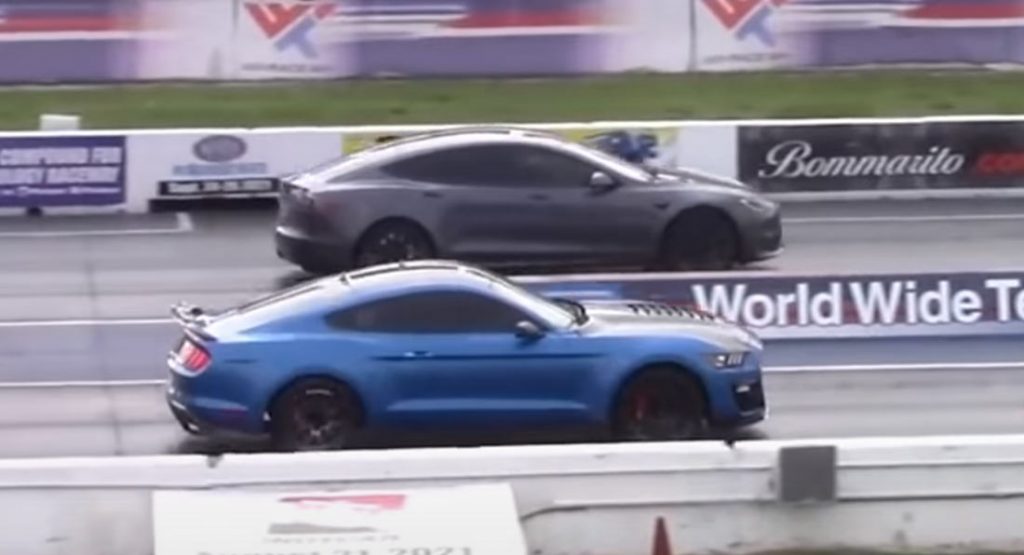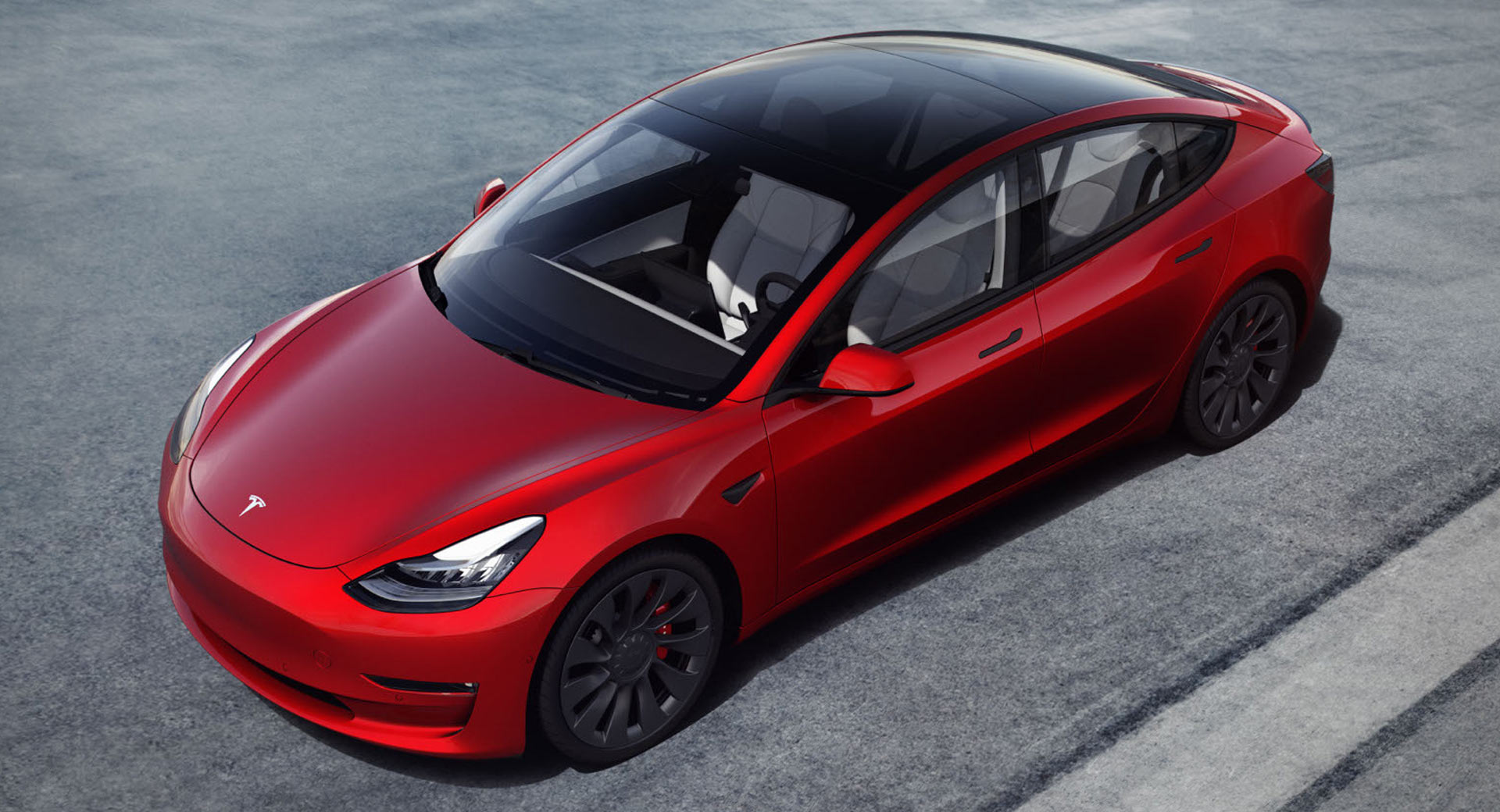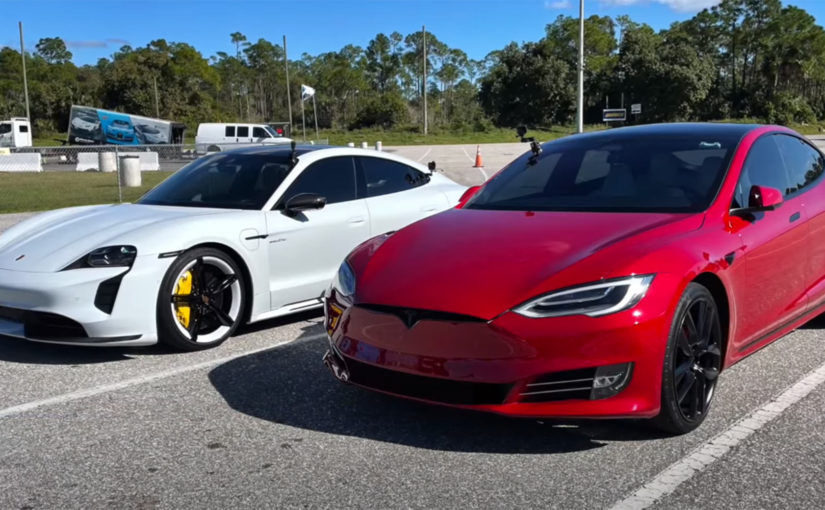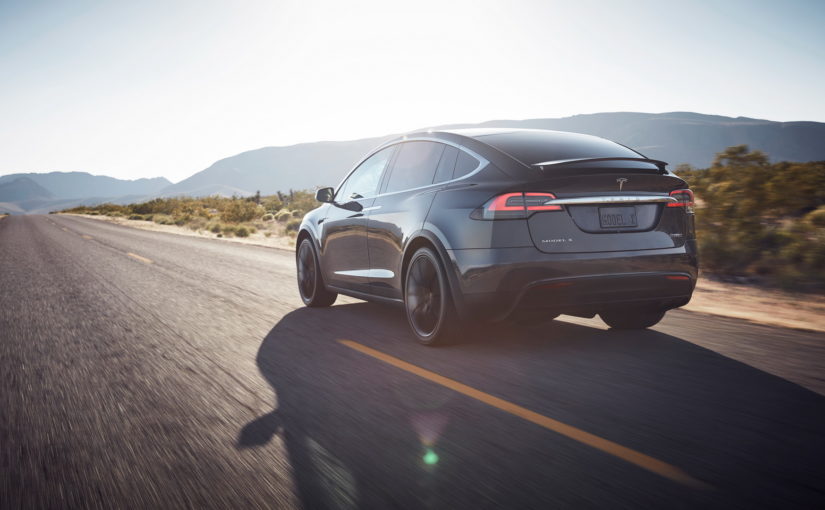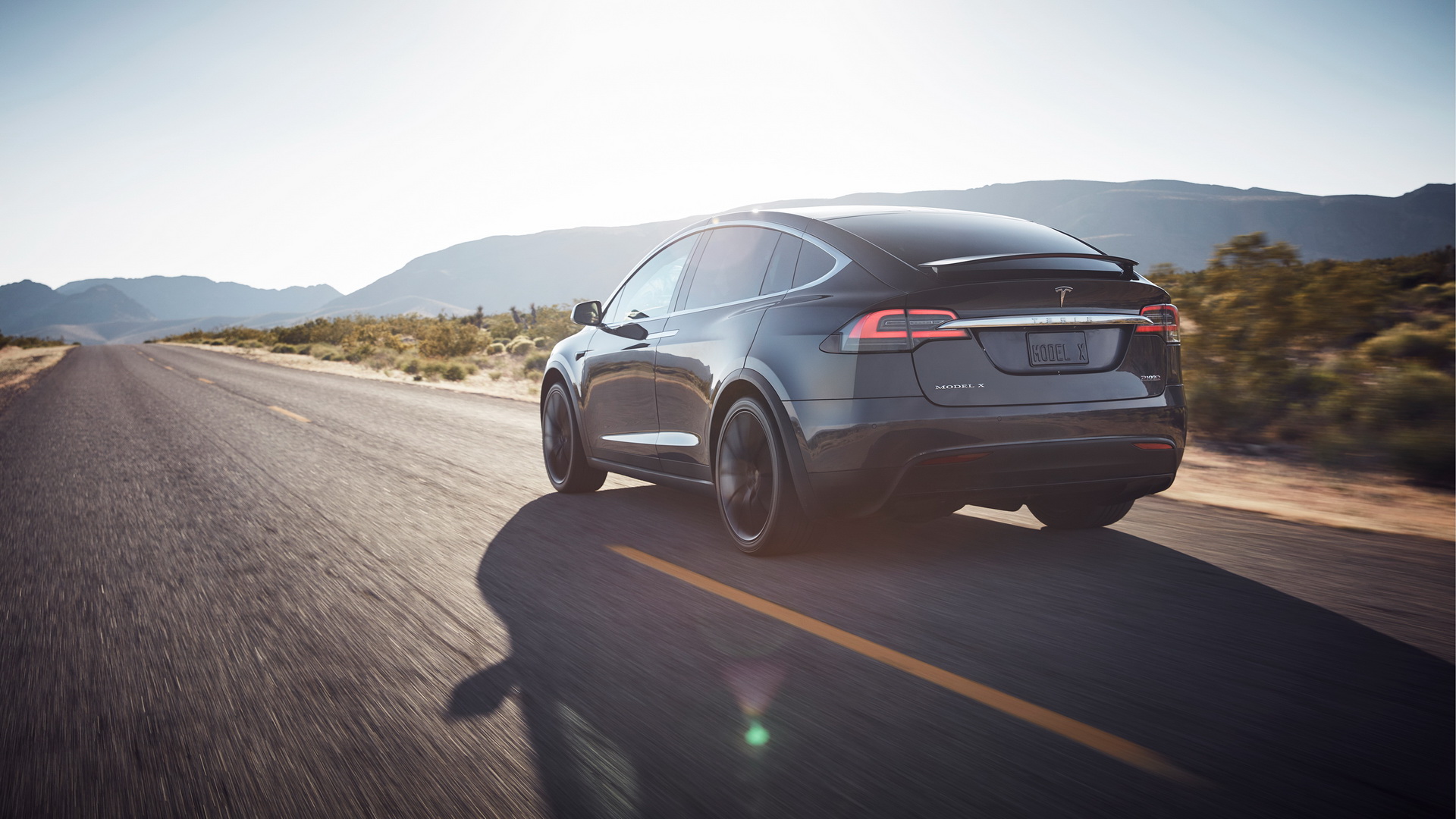The Tesla Model S Plaid has been in the headlines a lot in recent months and has established itself as the world’s quickest production car this side of the Rimac Nevera and Pininfarina Battista hypercars.
Importantly, virtually all performance tests you’ll see online of the Model S Plaid show it being driven in Plaid mode with the available Drag Strip Mode system enabled. Eager to see how his Model S would perform in the more relaxed ‘Chill’ and ‘Sport’ driving modes, YouTuber DragTimes headed onto the street for some tests.
Read Also: Tesla To Add $20,000 Carbon Ceramic Brake Kit Option For Model S Plaid
For the first test, he set a baseline with Plaid mode and Drag Strip Mode enabled, rocketing to 60 mph (96 km/h) in just 2.42 seconds and running the quarter-mile in 9.52 seconds at 148.58 mph (239.1 km/h). He then switched the EV into Sport mode. Doing so saw the 0-60 mph time climb to 3.51 seconds while the car then needed 11.14 seconds to run the quarter-mile with a trap speed of 129.36 mph (208.18 km/h). That’s still a quick quarter-mile time and just a few couple tenths behind a BMW M5 CS.
As for the ‘Chill’ mode, well it is exactly that. After pinning the throttle in this mode, the YouTuber is immediately amused with how much slower it is. It picks up speed very gently and ultimately needs a full 7.13 seconds to hit 60 mph and completes the quarter-mile in 15.27 seconds at just 93.81 mph (150.97 km/h).
[embedded content]
For GREAT deals on a new or used Chevrolet check out Tracy Chevrolet TODAY!

